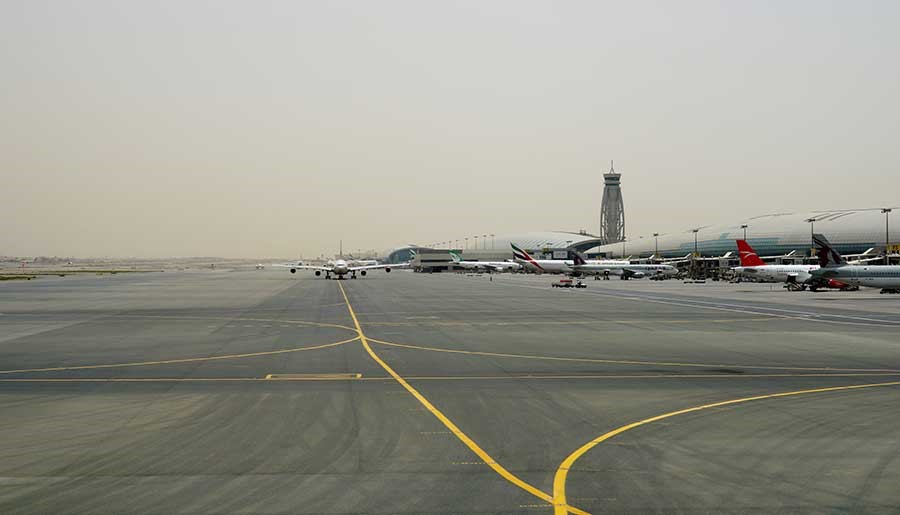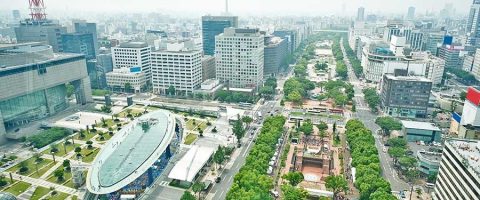Are you a pilot operating into DXB? Are you aware that Dubai ATC is urging you to help alleviate ROT at the airport?
Runway Occupancy Time (ROT) is one of the greatest factors affecting an airport’s flow and efficiency. As occupancy time has such an impact on capacity and runway throughput, even small reductions in the time an aircraft spends on the runway will have a significant impact on the capacity and throughput.
As per the latest information made available by DXB ATC and Dubai Airports, pilots operating to Dubai International Airport are being urged to help alleviate the pressure on the airport.
The following Rapid Exit Taxiways are the preferred RETs on the individual RWYS. However, ATC will advise aircraft on their final approach to the runway exit point.
RETs:
RWY12L –Expect to vacate at M7A, N5A, M9, N6 (Unless otherwise advised)
RWY 12R –Expect to vacate at K13, M16 (Unless otherwise advised)
RWY 30R – Expect to vacate at M3A, N3A, M6, N5 (Unless otherwise advised)
RWY 30L – Expect to vacate at K9 M12B, K8, M11 (Unless otherwise advised)
Please note:
- The RETs are at 30° except M8 which is 25°
- They are designed for aircraft to vacate at 93 km/h
- There may be times when late landing clearances can be expected
- When Reduced Runway Separation Minima (RRSM) operations are applied, landing clearance may be issued when the runway is still occupied
- ATC will nominate a preferred runway exit point during peak times
Minimizing Arrival Runway Occupancy Times
Any delays in runway exits are disruptive to traffic flow – it’s predicted that just one second of runway movement results in the gain of several runway slots per day. Pilots are being urged to act to reduce this by focusing on their individual runway occupancy time, and thereby help to reduce delays and improve the airport’s efficiency.
- Vacate the runway as quickly as possible after landing
- Don’t top on the RET until the aircraft has passed the runway holding point, unless otherwise instructed
- Remain on Tower frequency until you are instructed to contact Ground frequency. (You can expect initial taxi instructions from the Runway Controller before clearing the RET)
Departing Aircraft
The minimization of departure runway occupancy times can be helped in the following ways:
- When queueing to depart, maintain safe separation from the aircraft ahead of you
- Be ready to depart without delay once you reach the runway holding point
- Cockpit checks should be completed well in advance of line-up to minimize the need for checks on the runway
- Conditional Line-up Clearance:
- Listen closely to line-up instructions – during times of enormous pressure, these may be conditional
- When you receive conditional line-up clearance, plan your taxi onto the runway so stopping won’t be necessary
- When you receive line-up clearance, taxi into position without delay
- When you receive take-off clearance, commence take-off roll without delay. ATC will expect movement within 8-10 seconds of the clearance being issued
- Standard ICAO wake turbulence separation is applied.
For more information and for updates, see http://www.dans.gov.ae/





